
- Index
- Age
- 1636年-1912年 (4)
- 1736-1795 (6)
- 1736-1796年 (4)
- 17th Century (3)
- 1800-1849 (103)
- 1850-1899 (512)
- 1850-1900 (5)
- 1861-1875 (4)
- 18th Century (7)
- 1900-1940 (205)
- 19th Century (15)
- 960-1279年 (16)
- 960年—1279年 (37)
- Old (8)
- Post-1940 (130)
- Pre-1800 (381)
- Qing Dynasty (8)
- Unknown (285)
- 1850 (4)
- 1900 (19)
- Other (2821)
- Features
- Height
- Product
- Sub-type
- Theme
Antique Chinese Longquan Celadon Plate Ming Dynasty (1368-1644)
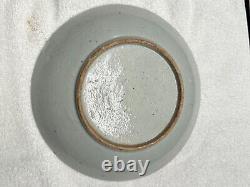
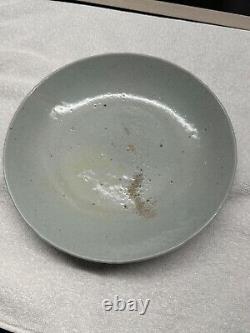
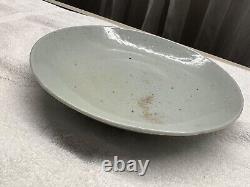

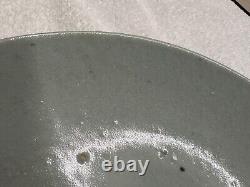

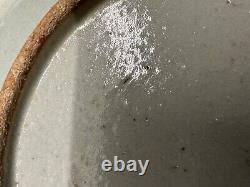

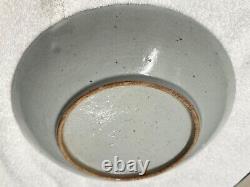
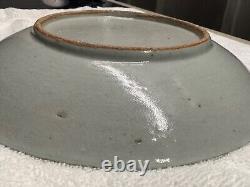

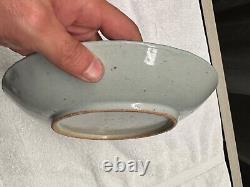

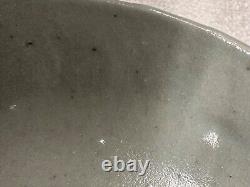
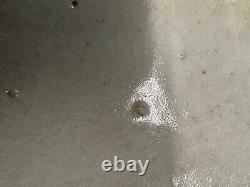



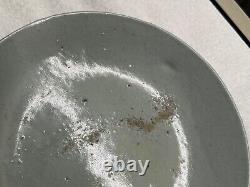


The range of glaze colour from greyish to blueish greens results from the impact of variations in kiln temperature and atmosphere on the iron oxide within the glaze. The levels of iron oxide also have an impact on end colour; a lower iron oxide content will generally result in a blueish colour, while higher levels will result in darker, olive tones.

